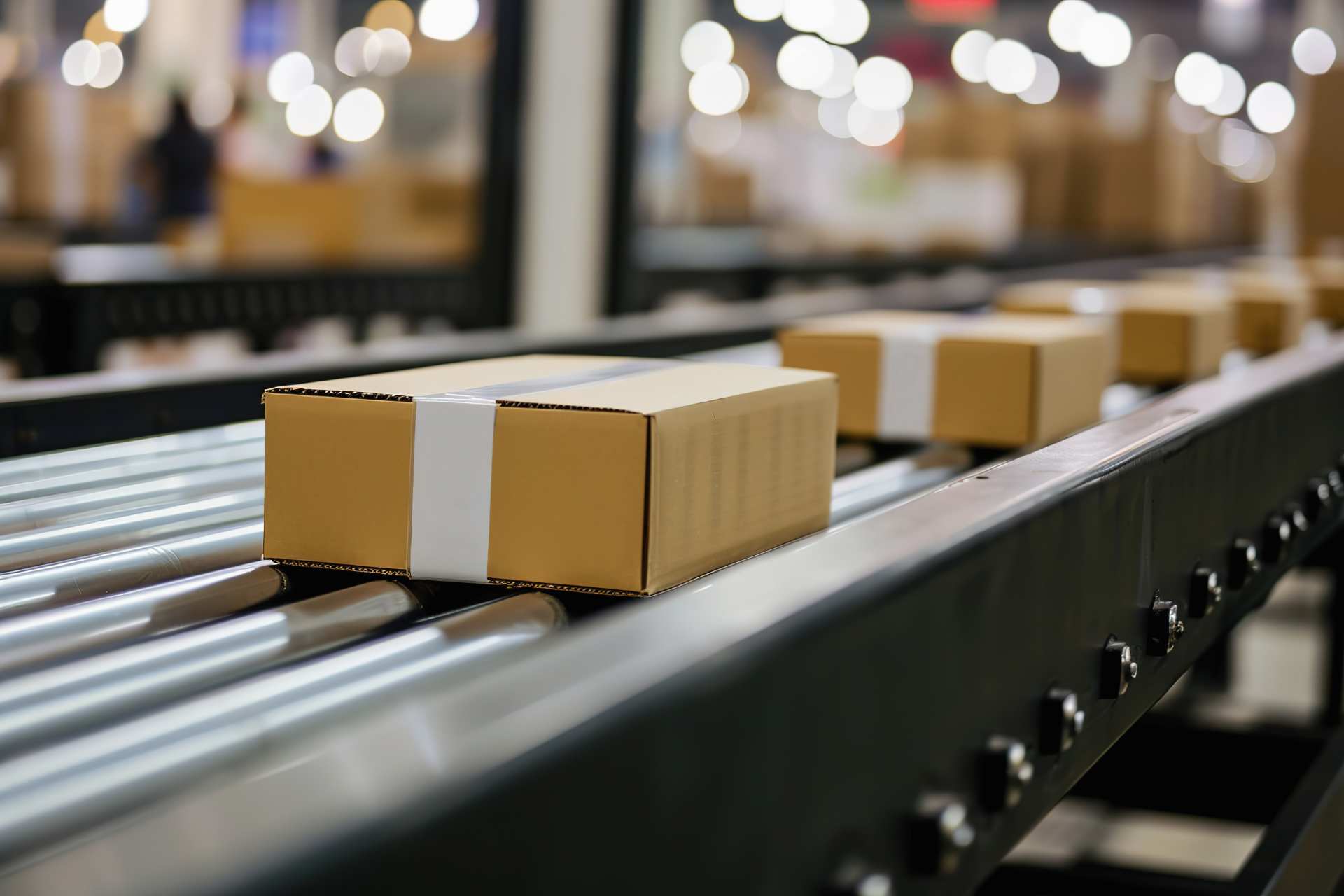In this guide by Versa Cloud ERP, we take a used to take you through the process of how to track inventory of raw material costs and manufacturing costs through different suppliers.
Why an ERP solution to track inventory costs?
ERP solutions are the need of the hour. ERP systems can streamline processes related to inventory management by providing real-time data on stock levels, order processing, procurement, and more. They enable businesses to optimize their inventory, reduce costs, and improve overall efficiency.
In this aspect, it becomes almost vital for a business to Track raw material inventory costs and manufacturing costs across multiple suppliers.
[widget id=”custom_html-22″]
Track Inventory Costs: Case
You purchase raw materials from supplier A. Supplier A sends the raw material to supplier B to perform additional work on the raw material and turn it into a semi-finished product. Supplier B sends the semi-finished product to supplier C who performs additional work and turns it into a finished product. You want to track the total cost of your finished product and incorporate all costs into the finished product. How to do this in Versa?
Track Inventory Costs: Steps
Create a PO for each of the suppliers
Create a PO for the finished product to supplier A. The cost on the PO is the cost for the raw material only. We will capture the additional cost later. Create a PO for the additional service to be performed on raw materials to supplier B. Create a PO for the additional service to be performed on semi-finished products to supplier C.
Receive Finished Product
When you receive the finished product from supplier C, you would receive the first PO (to supplier A) . This will only capture the cost of the raw material.
Then we need to recognize the additional cost to the finished product, you would create a bill for supplier B and supplier C (using the Link to PO item feature on the billing page to bring in the PO details). Choose to Allocate Bill Item Costs to Shipment Receipts when entering the bill item. Then choose the PO to supplier A to allocate the cost to (enter the PO number to search). By doing this, the system will take the bill amounts to suppliers B and C and added to the inventory cost of the finished products. The total cost of the finished product now includes the raw material cost and then additional service cost performed by suppliers B and C.
Allocate Bill Item Costs to Shipment Receipts is a setting you have to turn on from the Setup menu, feature settings, and Bill Item Form. It is only available when your inventory costing method is FIFO (First In First Out)
[widget id=”custom_html-24″]
Track Inventory Costs: Alternative Steps
The previous step does not track your raw material as a separate product. You are only working with finished products. If you want to track both raw materials and finished products, you can do the steps below. Since we are treating raw materials as non-inventory items, we are not tracking excessive raw materials which might not be used.
Set up raw material as a non-inventoried product and finished product as an inventoried product.
Create a PO for each of the suppliers
Create a PO for the raw material to supplier A. The cost on the PO is the cost for the raw material only. Create a PO for the additional service to be performed on raw material to supplier B. Create a PO for the additional service to be performed on semi-finished products to supplier C. Create a separate PO and put the finished product on the PO. These would be the finished product you received from supplier C. Put the price of the PO as zero as we are only using this PO to receive the finished products.
[widget id=”custom_html-25″]
Receive Finished Product
Receive the first PO (to supplier A). You can do this either when supplier A has sent the raw material to supplier B or do it all at once when the finished product is shipped to you.
Receive the finished product from supplier C. After this, the inventory value for the finished product is zero since the PO value is zero.
Then we need to recognize the additional cost to the finished product, you would create a bill for suppliers A, B and supplier C (using the Link to PO item feature on the billing page to bring in the PO details). Choose to Allocate Bill Item Costs to Shipment Receipts when entering the bill item. Then choose the PO to supplier C (with the zero PO total) to allocate the cost to (enter the PO number to search). By doing this, the system will take the raw material cost from supplier A, additional cost from suppliers B and C, and added to the inventory cost of the finished product. The total cost of the finished product now includes the raw material cost and additional services cost performed by suppliers B and C.
A Small Business in the modern day is complex and requires resources to deliver on its goals and achieve its full potential. To create a small business success story business owners need an ERP system that grows with them.
Effectively manage your reporting, financials, inventory, and production workflows with our award-winning ERP.
Let Versa Cloud Erp’s do the heavy lifting for you.
[widget id=”custom_html-40″]
[widget id=”custom_html-42″]
[widget id=”custom_html-30″]
Do Business on the Move!
Make your businesses hassle-free and cut the heavyweights sign up for the Versa Cloud ERP today!!
Join our Versa Community and be Future-ready with us.
[widget id=”custom_html-20″]






